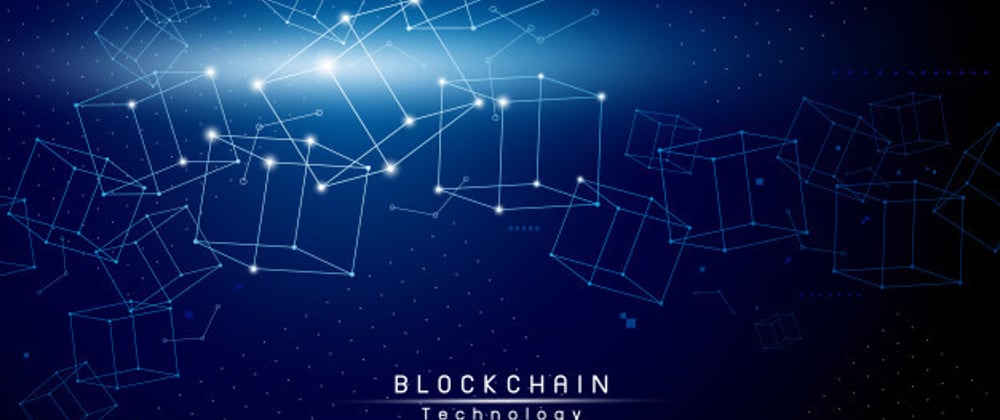Originally Blockchain is an open-source technology that is an alternative for the traditional transfer crypto-currency Bitcoin.
In simple words, Blockchain is a chain of blocks containing and recording information in such a way that it is difficult or impossible to hack the system. It offers high security and speed.
The reason it's not easy or even impossible to hack the chain is as follows:
• Each block has a unique alphanumerical code of a fixed length called a hash.
• Each block mentions its own hash and the hash of the previous block.
• This hash gets autogenerated for a particular set of data written in the block. Even a small change, like a change in one letter, changes the hash completely, making sure that the hash doesn't match for any two blocks containing different information.
• When a hacker tries to hack into the chain and hack one block, as the hacker changes any content in the block the hash of that block changes. This changed hash does not match with the previous hash mentioned in the next block. This way it is easily determined when a person tries to hack and the original data can be retrieved because the data is copied into multiple devices.
Why does it make blockchain so important?
Let's take an example to understand this concept more accurately. When we send money overseas, it passes through an intermediary which is usually a bank and the process takes a couple of days to happen (mostly 3-4days). The intermediary which is a bank in our case takes a commission for doing this.
Here comes the role of miners. These miners go about executing these transactions in a lesser time. The transactions are collected into blocks and then added to the blockchain. Miners receive a Bitcoin reward based upon the computational time it takes to work out.
This same technology is not only used for general finances but also for multi-step transactions which need transparency and traceability.







Top comments (0)